Limoncello is an Italian liqueur flavored with lemon peels and one of Italy’s gastronomic delights.
Traditionally, Limoncello is produced with the famously fragrant lemons of the Amalfi Coast, of the Sorrento peninsula and of the isle of Capr, following strict rules that delineate its origin and production methods.
The lemon orchards of the coastline take advantage of the temperate microclimate and a soil rich with clay to produce lemons with unique organoleptic characteristics.
Nevertheless, the production of various types of Limoncello that don’t adhere to Amalfi and Sorrento’s disciplinaries has spread to other southern coastlines.
PGI Limoncello needs to be produced only with local lemons (Sorrento PGI lemons and Amalfi PGI lemons), it needs to have a minimum alcoholic gradation of 30° for the Sorrento Limoncello and a minimum alcoholic gradation of 25° for the Amalfi Limoncello. The sugar concentration cannot be lower than 200 grams per liter nor higher than 350 grams per liter.
Why is it called Limoncello?
Some think, because of written testimonies from the 1400s, that the word “Limoncello” was used as a term of endearment of a species of lemon that was smaller than the Amalfi ones, which were much bigger, and that the name was later extended to the liqueur. Around the 1600s, the Academy of Crusca (Italy’s most revered linguistic institution) established the term “Limoncello” as a liqueur flavored with lemon peel.
The first testimonies about Limoncello
The presence of lemon orchards in the area of the Amalfi and Sorrento coastlines is attested in many historical testimonies that trace the diffusion of the lemon tree from Spain to Sicily and Campania back to the Saracen’s expansion before the year 1000.
Amalfi’s history during the Middle Ages surely gave a great push to lemon growing for a very precise reason: lemons were a very important source of C vitamin for sailors, indispensable for fighting scurvy, a great threat to longer navigation, to the point that after the year 1000 a decree made it mandatory that Amalfitan ships always had to stock up on lemons.
The demand for lemons to be stocked on ships also came from other countries, especially from northern Europe. Thus, the steep terrains of the Amalfi coast were transformed through extensive terracing.

The evolution of alcohol production technology, also used in the Middle Ages by Scuola Medica Salernitana to prepare medicinal liqueurs, bitters and elixirs, was eventually paired with the territory’s abundant lemons, eventually giving birth the delicious Limoncello.
During the 1900s Limoncello had a great boom in sales thanks to the celebrated “nonna’s recipe” owned by the Farace family in Capri, that contributed to the local liqueur’s fame. Limoncello’s fame has since spread to the whole world: no tourist can resist the temptation to bring home a bottle of Limoncello and enjoy the memory of the fragrances and sunny colors of Italy!
Limoncello is in fact one of the most recognizable symbols of the Italian lifestyle, partly thanks to actor Danny DeVito, a great admirer and producer of Limoncello, who contributed to introducing it to the American public.





